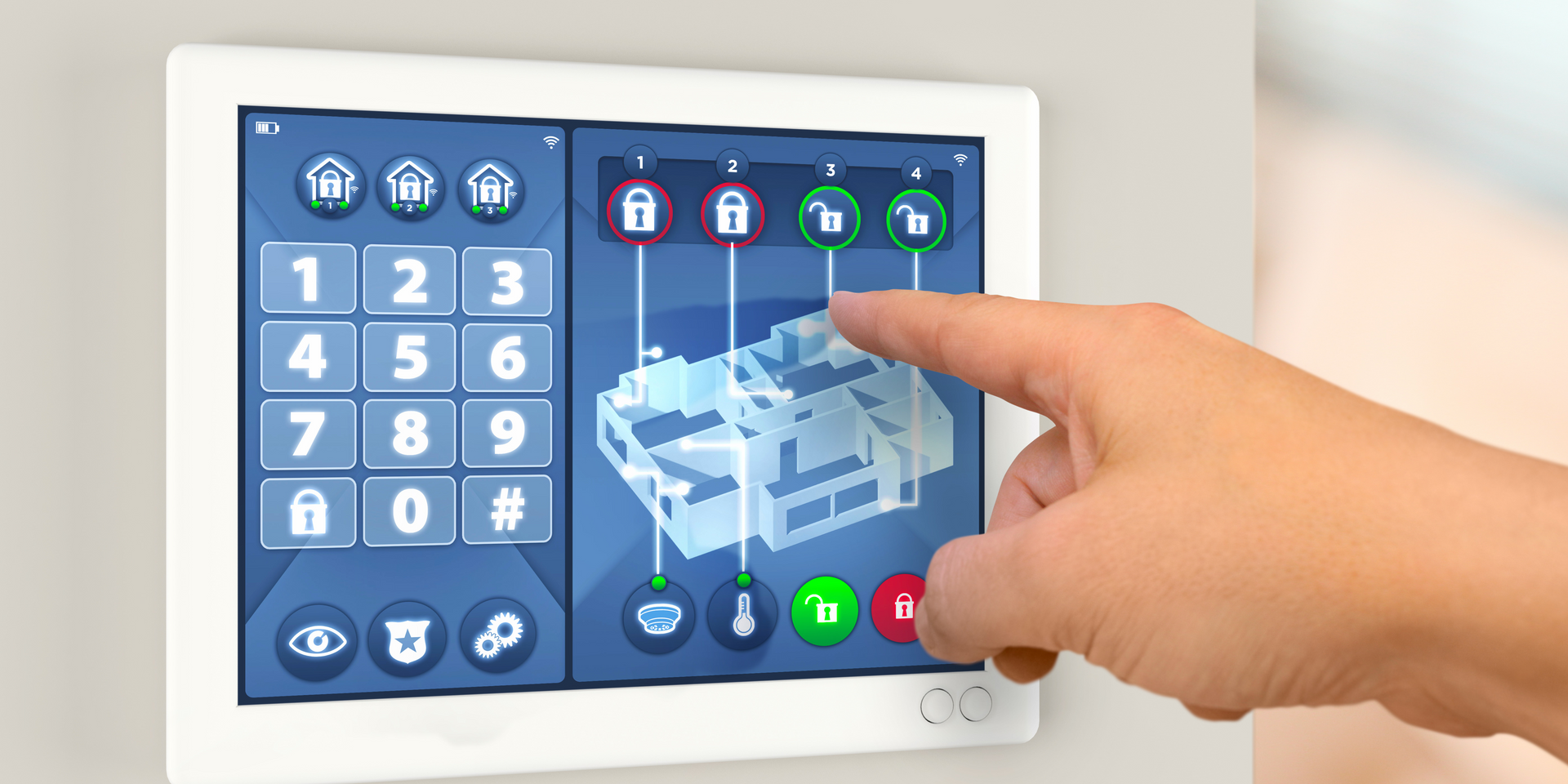What is a PLC And What are its Main Characteristics?
What is a PLC?
It is known as PLC for its acronym in English (Programmable Logic Controller) or programmable logic controller. Basically it is a computer that can operate in high risk environments serving as a link for industrial processes.
This automated computer is capable of receiving different input signals that will sequentially perform a specific action (Outputs). Its origin dates back to the ’60s as an alternative to the old relay systems, at first they were programmed with the instruction list language, later a graphical interface language called Ladder, also known as ladder language, would arrive today, the day is the most used.
Parts of a PLC
Now we will see the parts that make it up, which in turn can be modular or integrated:
- Input and Output Modules
- Central Processing Unit (CPU)
- Power Supply
- Programming Unit
- Memory Module
Types of PLC
Currently we can find different types of PLC in the market of which the following stand out:
- Modular
- Compact
- Rack Mount
- With Operator Panel
- Industrial Computer
- Groove
- Software Type
- Narrow Band
- Low Band
Applications
It is also time to talk about what its main applications are. We know in advance that thanks to its distinguished resistance its use has diversified in the industry. Undoubtedly we find them controlling sequential processes, but also in those slightly changing, essential in small spaces, in variable process machinery and in centralized programming checks.
Main Characteristics of a PLC
- Reading signals from distributed sensors
- They allow communication with the different teams in real-time
- The interface that allows the use and dialogue with the operators
- They can be connected to a supervisory system that facilitates the interface and monitoring of the process
- Capable of being programmed by different languages
- They receive and execute continuous orders for long periods of time
- They can control distributed inputs and outputs outside of the PLC’s central cabinet through a network cable
- Both its characteristics and applications have spread throughout its history, now the brands launch PLC’s with more technology on the market and the bar every year is higher
Where to Buy Best Plc Scada:
Empowered Automation in Chicago is delivering and installing the best PLC system. You can contact us for more details about PLC SCADA.
You might also like



